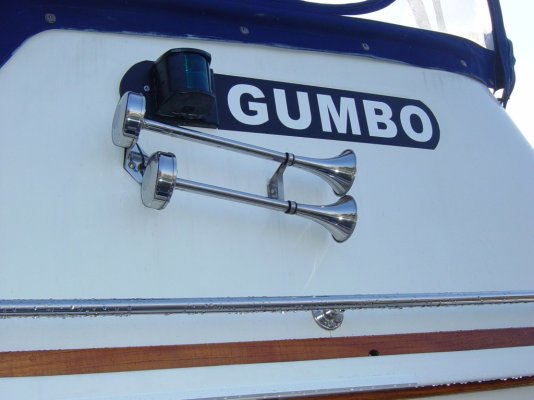Doc
Guru
- Joined
- Oct 5, 2007
- Messages
- 508
Nomadwilly,
I agree the color should have matched better that's why I may strip them and go back to varnish. I couldn't find any spray paint that was closer to the gelcoat. In fact I thought they matched until I put them on and my wife came running out of the house. Going to blue is a good idea, however. I need to start shopping.
My entire boat maintenance career has been amatuer hour. I just hope to break fewer items than I fix and on top of that I am about half color blind. Doomed at the git go.
The hole is a vent. At the top of the hole is the shower exhaust fan outlet.
-- Edited by Doc on Monday 20th of December 2010 06:35:18 PM
I agree the color should have matched better that's why I may strip them and go back to varnish. I couldn't find any spray paint that was closer to the gelcoat. In fact I thought they matched until I put them on and my wife came running out of the house. Going to blue is a good idea, however. I need to start shopping.
My entire boat maintenance career has been amatuer hour. I just hope to break fewer items than I fix and on top of that I am about half color blind. Doomed at the git go.
The hole is a vent. At the top of the hole is the shower exhaust fan outlet.
-- Edited by Doc on Monday 20th of December 2010 06:35:18 PM





